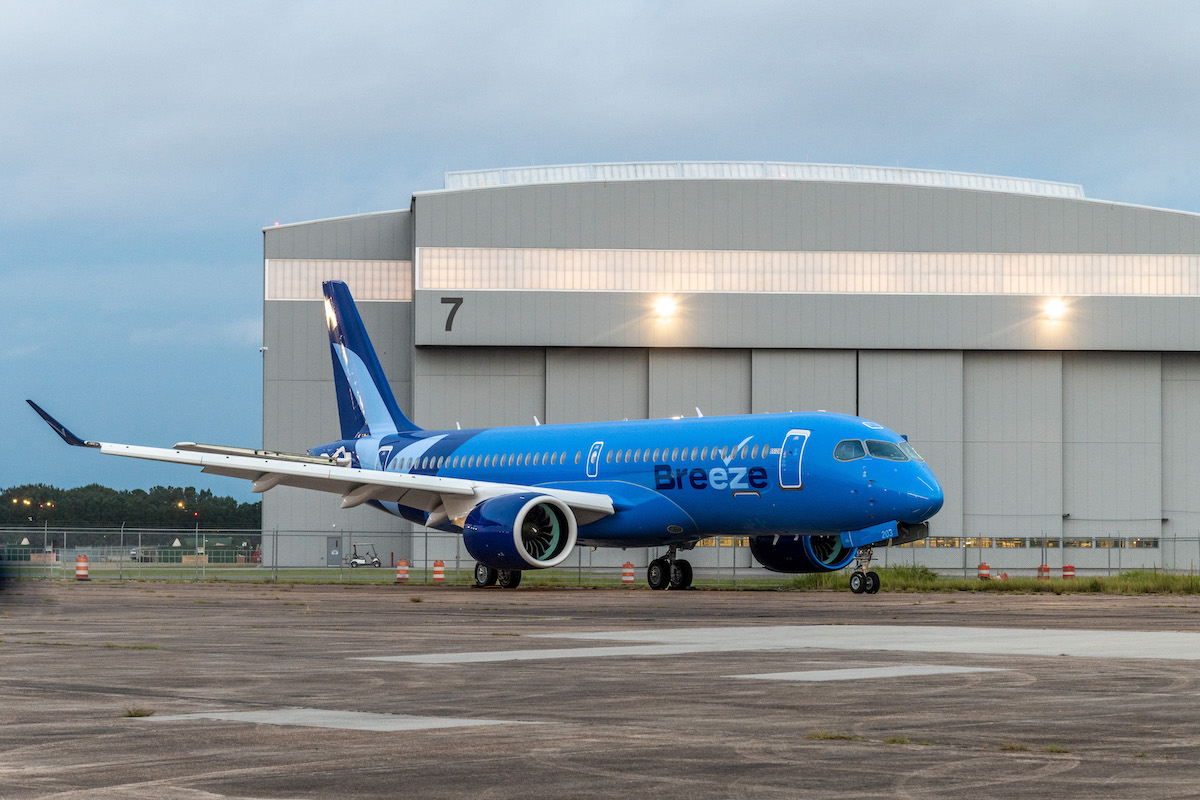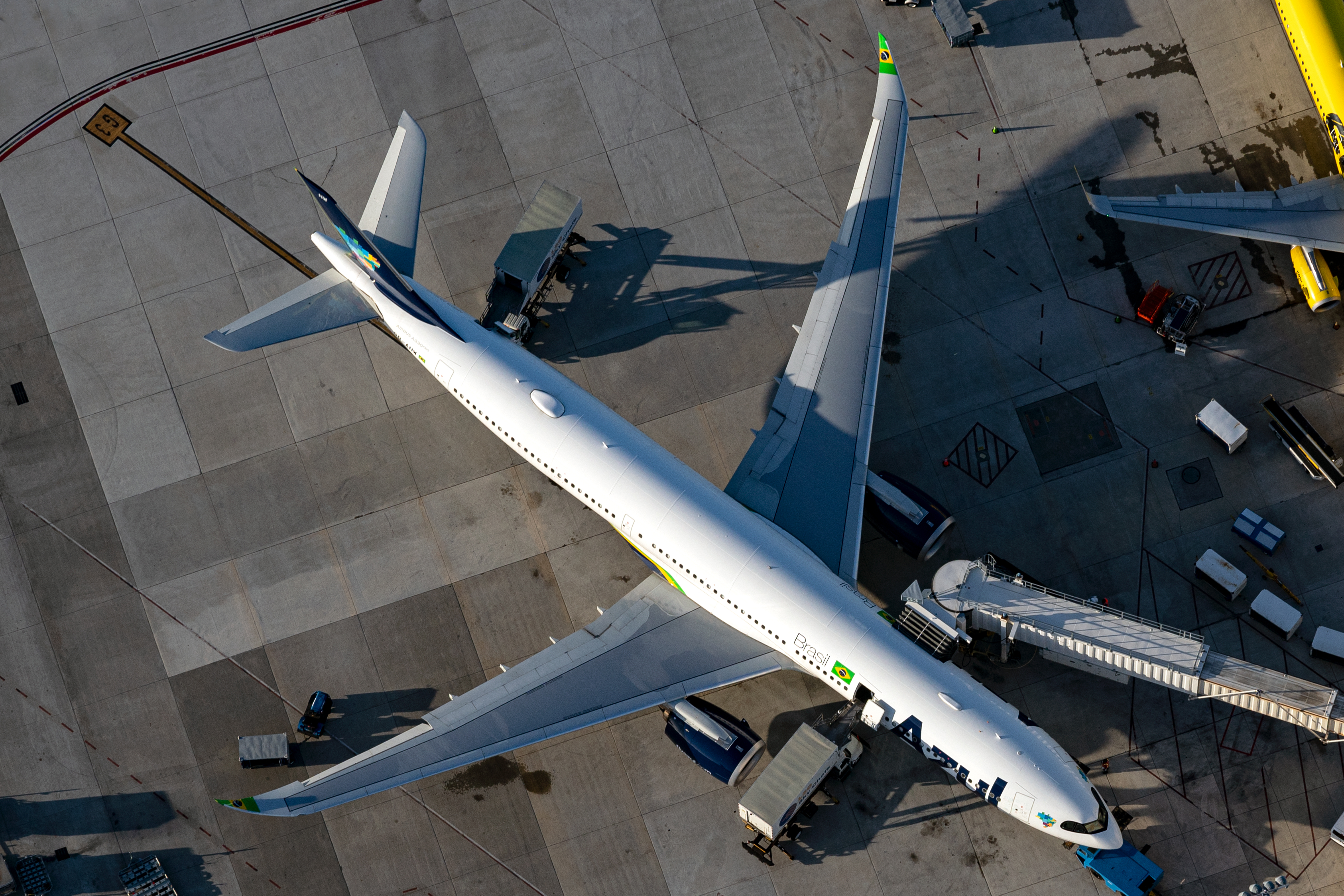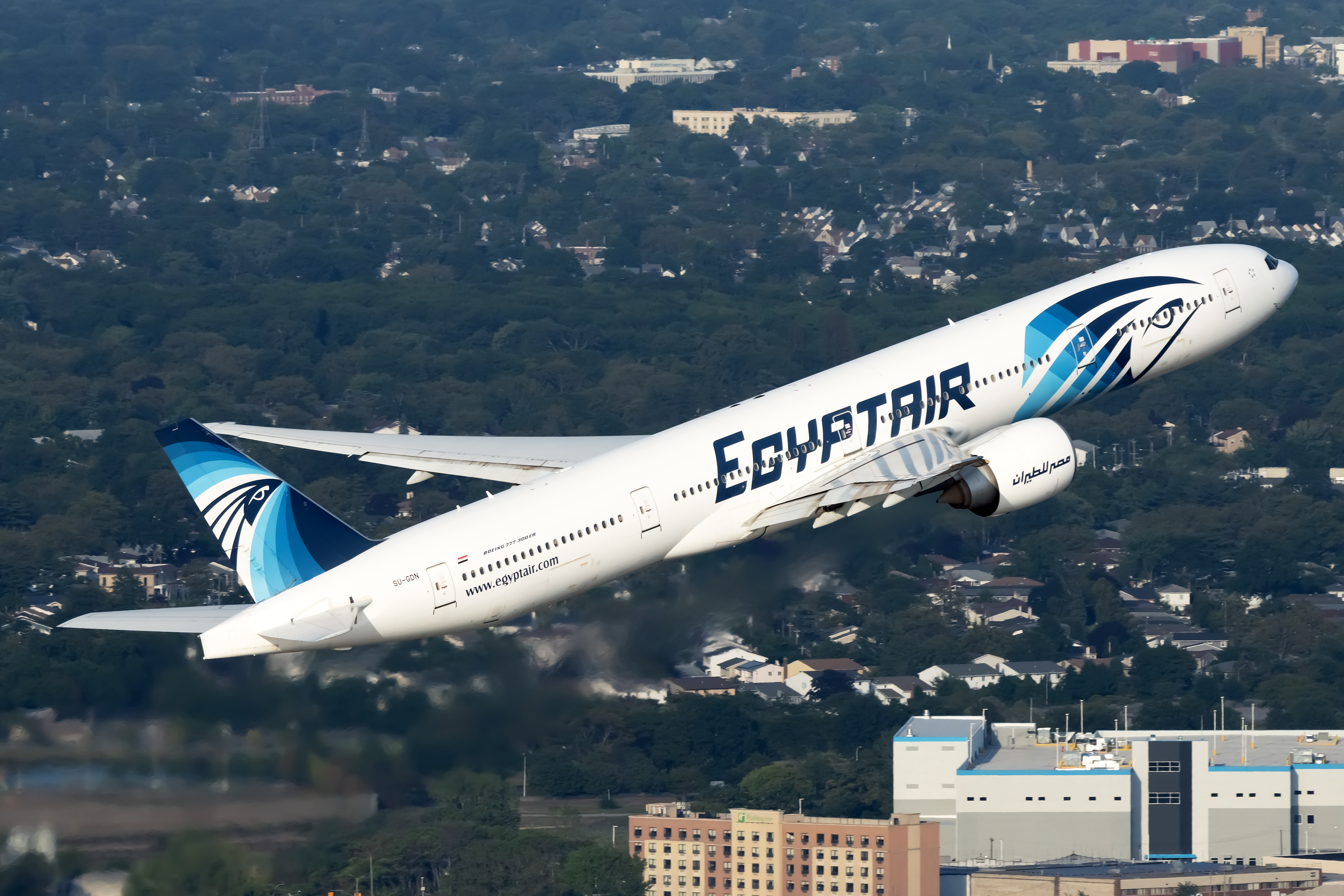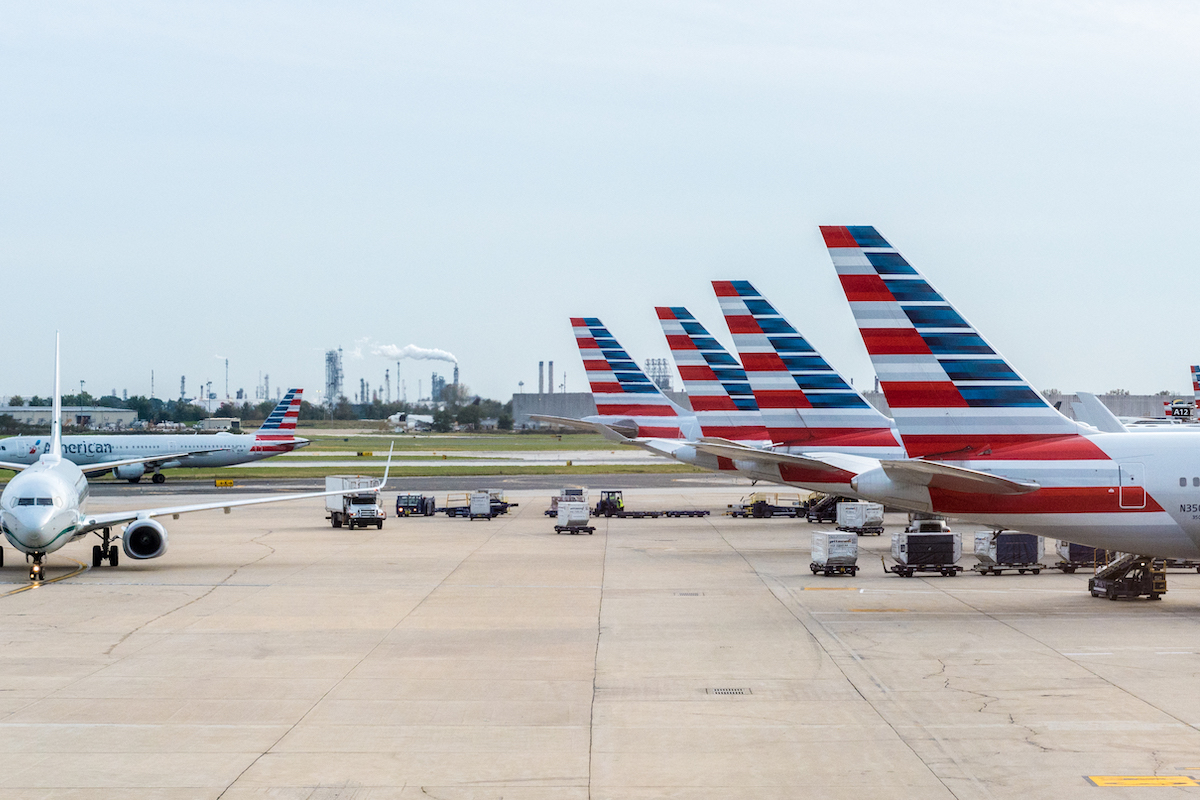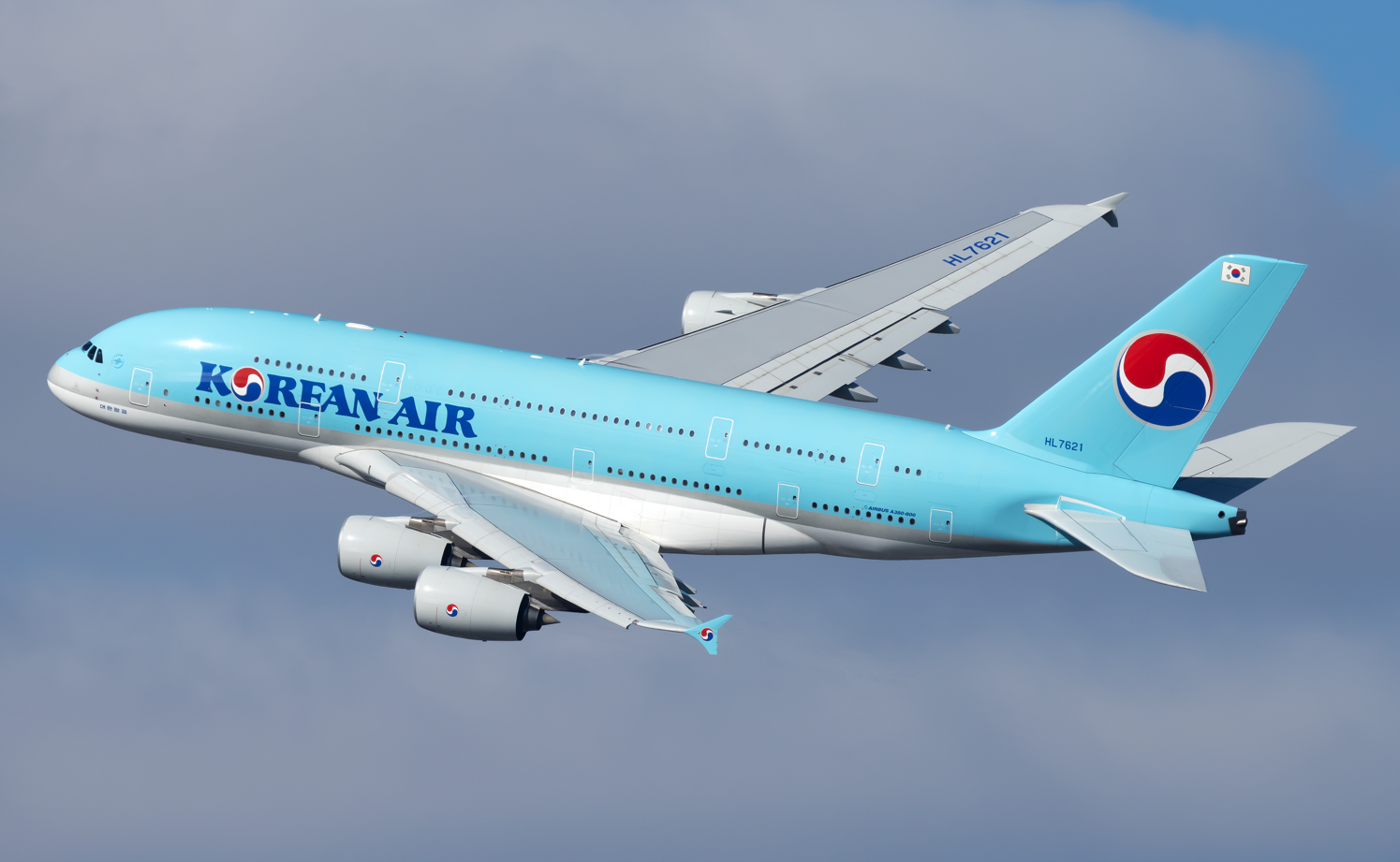The Pain Continues at Boeing
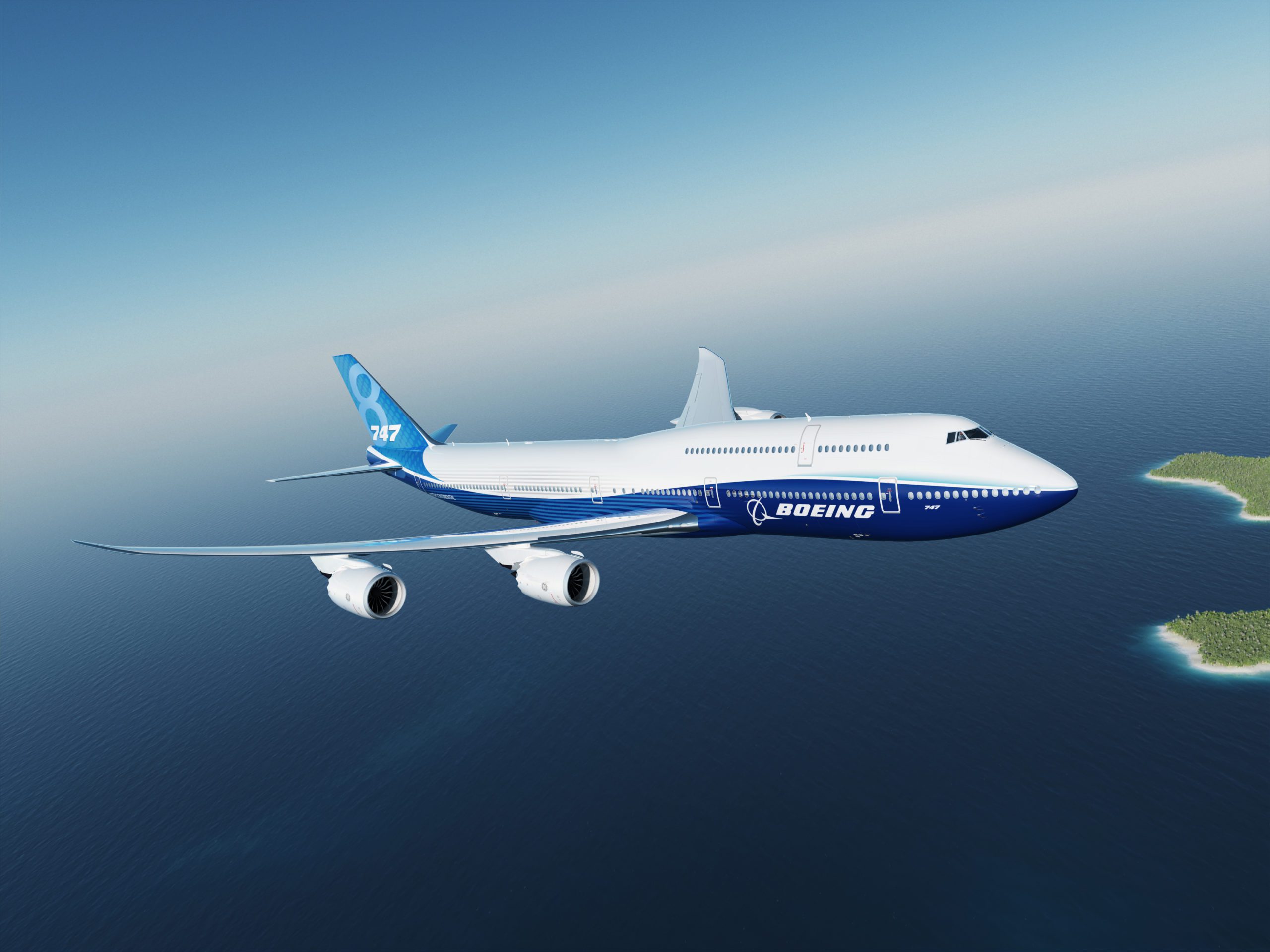
It's been a rough 18 months or so for Boeing. First, regulators grounded the 737 MAX after two fatal accidents. And now Covid has brought its airline customers to the brink of ruin. The company's revenues fell 25% in the second quarter from the same period last year, when the MAX was first grounded.
Before the pandemic, economists fretted about the MAX grounding's effect on U.S. GDP. Boeing was the single largest exporter in the U.S., and the company was responsible for 1% of GDP. Now, of course, Covid's effect on the air transport industry is more of a worry than the MAX, and the company says it will have to reduce its workforce by 10%.
Boeing expects regulators to re-certify the aircraft, currently undergoing certification flights, by the fourth quarter, a little later than the company had previously predicted. When the MAX is cleared, Boeing will start to deliver the 450 aircraft it has already produced and that are sitting on tarmacs to customers. It expects to deliver most of those aircraft within the first year after re-certification, and by 2022 Boeing expects to produce 31 MAX aircraft per month.
As airlines grapple with the collapse in demand, they want fewer aircraft. So Boeing is reducing the production of its 787 from 10 per month to six per month, which is lower than the seven per month it had previously forecast. The 777X entry-into-service slipped from 2021 to 2022. And perhaps most upsetting to aviation geeks the world over, Boeing will end production of the 747 that year as well. Despite cancellations, Boeing Commercial Airplanes (BCA) has a backlog of 4,500 aircraft. But here's a sobering metric: BCA delivered 20 aircraft in the quarter, compared with 90 in the second quarter of last year.
The company also is planning to consolidate its 787 production lines down from two to one, but CEO Dave Calhoun did not specify if the remaining line will be in the Puget Sound area or in South Carolina.
BCA and its deliveries to airlines dominate the headlines Boeing gets, and this has been especially true in the 18 months since the MAX grounding. But almost half of the company's revenues come from its defense, space, and government sales divisions. Boeing executives have always point to this as a way to balance the company. In other words, defense revenues can offset declines in commercial aircraft sales during a downturn in the airline industry, and vice versa. Calhoun said the defense unit this quarter provided "critical stability."
The company proved that in the second quarter. Boeing's defense business reported $7 billion in revenue and a 9% operating margin, compared with the $1.6 billion revenue and -169% operating margins at BCA. Boeing delivered 44 defense aircraft in the quarter, including F-15s, F-18s, and T7A trainers, and 31% of its revenues are from outside the U.S. Overall, Boeing reported a $2.4 billion loss on $11.8 billion in revenue, or an operating margin of -25%.
Calhoun thinks travel will resume and airlines will see demand bounce back, eventually. He predicts it will be three years before air travel returns to its pre-pandemic levels.
Up Next
Breeze Airways' Big Break: A ULCC Finally Profits
Setting the Scene for a Brazilian Airline Mega-Merger
Why Egypt Is an Airline Market Worth Watching
The U.S. Airlines Growing and Shrinking in 2025
What Does 2025 Mean for the Airline Industry?
In this week’s episode, Gordon Smith and Jay Shabat turn their attention to the year ahead. Going region-by-region, the pair share the emerging stories that are on their radar for 2025 and beyond.
